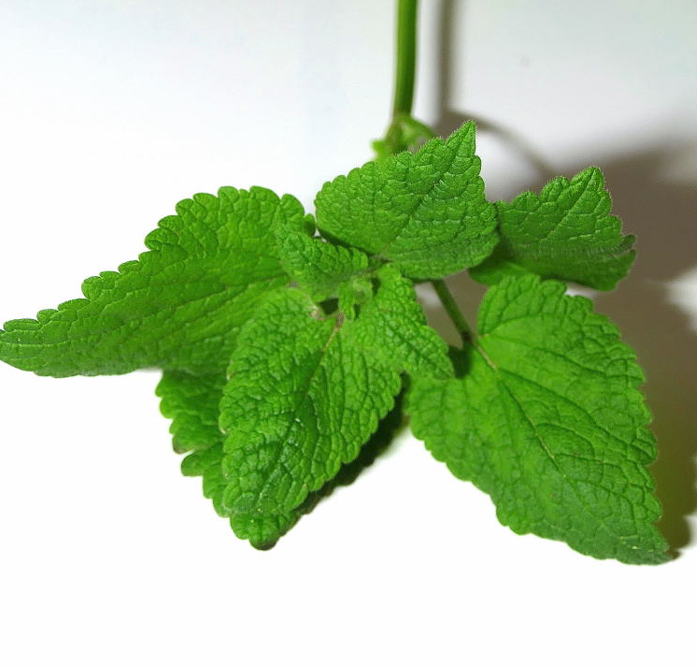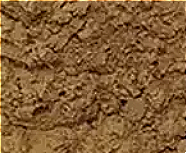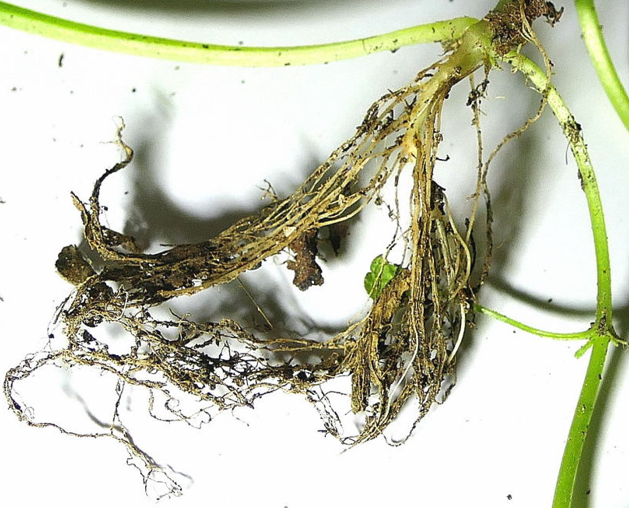Urtica dioica leaf extract is the leaf extract of the common herb plant Urtica dioica.
Urtica dioica is a perennial herbaceous plant with urticating hairs, belonging to the Urticaceae family, the common Nettle. It is used in traditional medical medicine to control cardiovascular disorders and is one of the most studied medicinal herbs in scientific literature worldwide.

A leaf extract is obtained from this plant and it appears in the form of a brown powder.

What it is used for and where
Medical
The leaf extract has been reported to prevent some of the effects of prostatic hyperplasia (1) and as an anti-inflammatory for rheumatoid arthritis. It has an anti-diabetic effect and is used for cardiovascular therapy for its bioactive compounds such as polyphenols, tri-terpenes, sterols, flavonoids and lectin that reduce blood glucose levels (2) with their anti-inflammatory, antioxidant, anti-hypertensive properties and can prevent many chronic and degenerative diseases. The efficacy of this edible plant with its stinging hairs has proved useful for its anti-haemorrhagic, analgesic, diuretic, nutritive, anti-asthmatic, astringent and depurative effects.
Phytochemical composition
| Linoleic acid | 20,2% |
| Alfa-linolenic acid | 12,4% |
Fatty acid C17: 1
| 0,13% |
| Proteins | 3,7% |
| Dietary fibres | 6,4% |
| Calcium | 169 mg/100 g |
| Fe | 277 mg/100 g |
| Carbohydrates | 37,4% |
The fresh leaves are used to treat allergies (3) and contain chlorogenic acid, malic acid, flavonoids such as rutin, quercetin, kaempferol while the root contains lignans, phytosterols, polysaccharides, coumarins.

Cosmetics
Cosmeceutical product for anti-dandruff and anti-hair loss lotions.
Food
The leaves of Urtica dioica are edible and are consumed in foods such as pesto, omelettes, soups, purees, pies, biscuits, jellies, jams, while the whole dried herb is included in teas, infusions and other preparations.
Other uses
Veterinary medical, textile industry
Typical commercial product characteristics Urtica Dioica Leaf Powder
| Appearance | Fine Brown powder |
| Ash | 8.0% |
| As | 1 ppm |
| Cd | 1 ppm |
| Pb | 3 ppm |
| Hg | 0.1 ppm |
Heavy Metals
| 10 ppm |
Total Plate
| 10000fcu/g |
| Storage | Cool Dry Place |
Shelf Life
| 2 Years |
The most relevant studies on the subject have been selected with a summary of their contents:
Urtica dioica studies
References_____________________________________________________________________
(1) Dhouibi R, Affes H, Ben Salem M, Hammami S, Sahnoun Z, Zeghal KM, Ksouda K. Screening of pharmacological uses of Urtica dioica and others benefits. Prog Biophys Mol Biol. 2020 Jan;150:67-77. doi: 10.1016/j.pbiomolbio.2019.05.008.
Wagner H, Willer F, Samtleben R, Boos G. Search for the antiprostatic principle of stinging nettle (Urtica dioica) roots. Phytomedicine. 1994 Dec;1(3):213-24. doi: 10.1016/S0944-7113(11)80068-1.
(2) El Haouari M, Rosado JA. Phytochemical, Anti-diabetic and Cardiovascular Properties of Urtica dioica L. (Urticaceae): A Review. Mini Rev Med Chem. 2019;19(1):63-71. doi: 10.2174/1389557518666180924121528.
(3) Upton, R. (2013). Stinging nettles leaf (Urtica dioica L.): Extraordinary vegetable medicine. Journal of herbal medicine, 3(1), 9-38.
Orčić D, Francišković M, Bekvalac K, Svirčev E, Beara I, Lesjak M, Mimica-Dukić N. Quantitative determination of plant phenolics in Urtica dioica extracts by high-performance liquid chromatography coupled with tandem mass spectrometric detection. Food Chem. 2014 Jan 15;143:48-53. doi: 10.1016/j.foodchem.2013.07.097.
![]() Urtica dioica leaf extract
Urtica dioica leaf extract 




